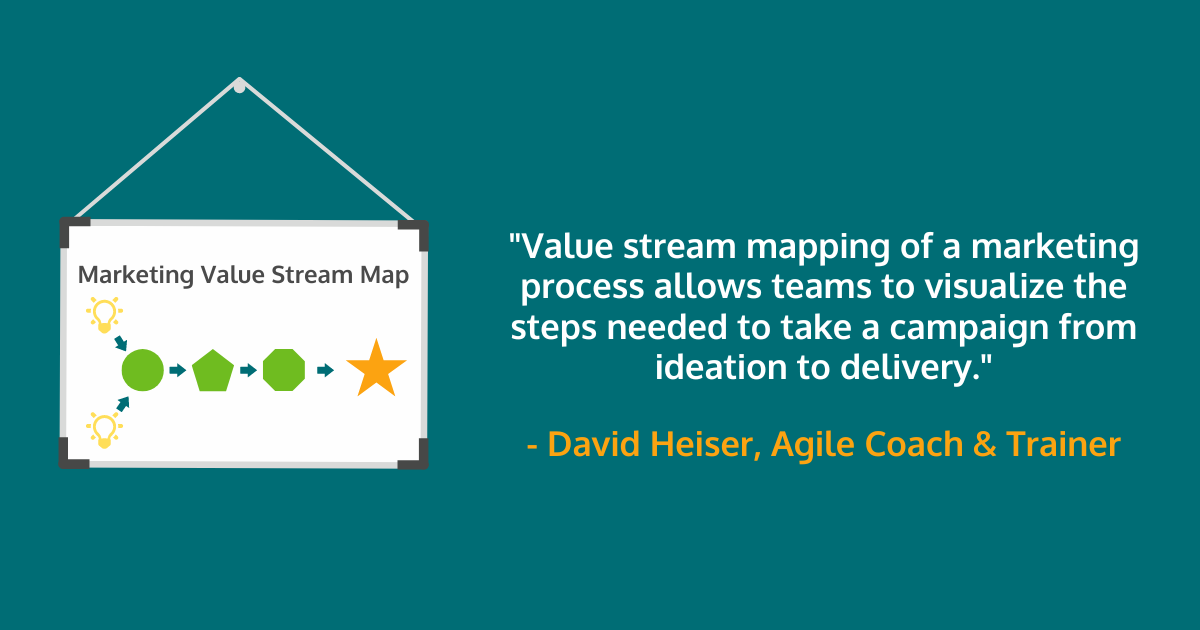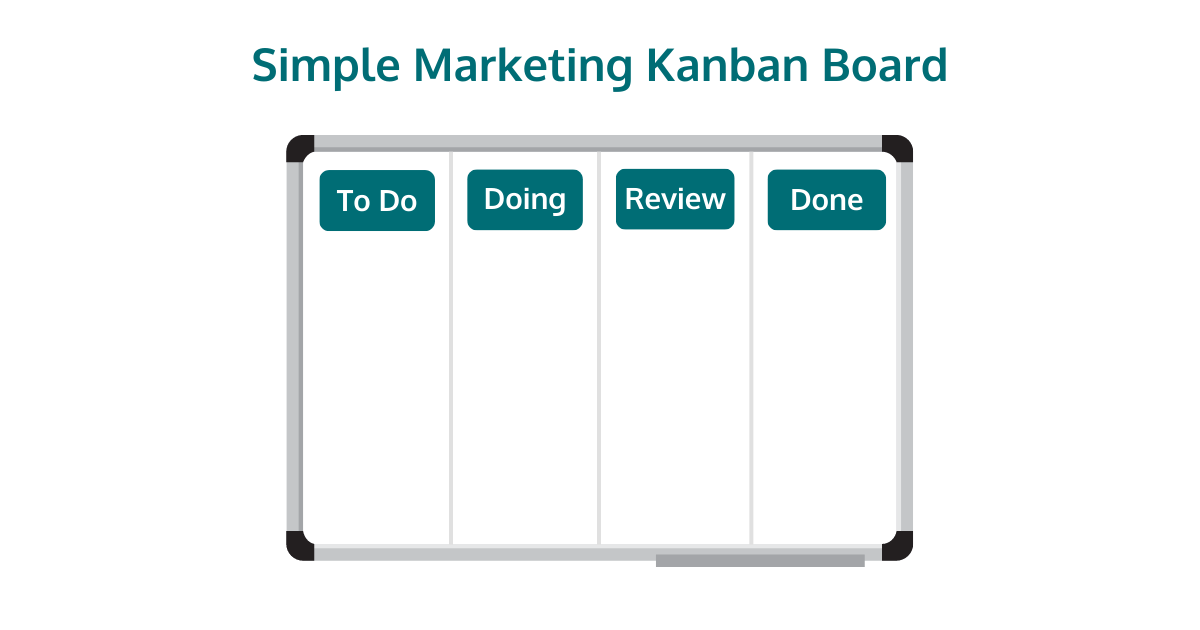Improve your Marketing Ops every week
Subscribe to our blog to get insights sent directly to your inbox.
Confront your process problems head on with a Sherpa by your side.
Explore support options that are tailored to meet you wherever you are on your climb.
Browse our pioneering Agile marketing courses
Learn from the stories of marketers already on the road to process improvement.
Featured Resource

State of Agile Marketing
Learn from 8 years of study on how marketers are increasing their agility.
Download Report
When things are going badly with marketing, it’s easy to blame the actual individual marketers. More often, however, we find issues that trace back to marketing operations.
It’s akin to how easy it is to blame a car for an accident when 94% of them are caused by human error. In other words, it’s the person telling the car where to go and what to do that’s usually at the root of the issue.
Getting marketing operations right is not just an important element of successful marketing, it’s absolutely essential. You can have the best car in the world, but without a good driver, it’s useless. Getting marketing and marketing operations on the same page and working together seamlessly is a recipe for success.
Now, let’s talk about what practical changes you can make to get there. It all starts with understanding just what marketing operations is (and what is most definitely is not).
While they go by many names, marketing managers, marketing analysts, marketing project managers, etc. they come down to the people in charge of managing the technology, processes, and people that make marketing happen.
But beyond all that, marketing operations is what ties individual marketers to the vision of company leaders, ensuring information gets shared vertically in the organization, and generally finds ways to empower marketing to achieve more. These are the vital roles of marketing operations that too often get overlooked.
That’s why it’s so important to begin by rethinking the role operations play in your marketing.
What does your marketing operations do right now? Chances are, it’s framed around the favorite catchall term of the business world: “management”.
The problem lies in how we understand “management” as a task. Too often it gets interpreted as the role of the boss, telling people what to do, making strategic plans, reporting to higher-ups, etc. While some of that is important for marketing operations, focusing too much on simply being a boss can overshadow their more important role: empowerment and support. Marketing operations should be serving their stakeholders (both senior leadership and individual marketers).
When operations is focused on empowering marketers to do more with less, make better decisions with better data, do more with better tools, etc. you get marketing that delivers more value.
Of course, saying that marketing operations should focus on empowering marketing is easy to say, but what does that look like in practice?
The first element to rethinking marketing operations is getting to the very heart of what marketing should do: deliver value for its stakeholders. It’s easy to focus on selling more widgets or increasing brand awareness for their own sake, but all of those actions are only important when they serve stakeholders.
Of course, if marketing operations is going to deliver value to stakeholders, they need to know what those stakeholders need. That comes from getting them involved in the process beyond asking them questions ahead of quarterly or annual planning meetings.
Regular feedback from stakeholders helps keep both marketers and marketing operations on the same page and working towards the same goals as everyone else in the organization. Otherwise, marketing operations can end up deciding on a long-term plan and executing it even though its aims are out of date by the time it’s complete.
This is why effective marketing operations requires stakeholder input. It’s the only way to ensure the plans they develop can evolve as circumstances inevitably change.
Once you understand who your stakeholders are and have developed systems for getting their input, it’s time to understand the process for producing the value they want.
The best way to do that is through value stream mapping.
Chances are you only know about value stream mapping from manufacturing or you’ve never heard of it at all, so let’s explore how it applies to marketing operations. In short, a value stream map visualizes all the steps necessary to create value.

Unlike workflow visualization, the point isn’t to improve the efficiency of the steps in terms of generating outputs but to understand which steps produce the most value.
Value stream mapping can enable marketing operations to identify silos preventing the free sharing of information, tackle bottlenecks, and uncover wasteful processes. It enables marketing operations to look at processes from a value perspective instead of focusing solely on inputs like time, effort, or other resources.
Another critical tool for improving marketing operations is visualization tools like Kanban boards. Much like with value stream mapping, visualization boards are associated with functions outside marketing but can be a transformative tool in the hands of the right teams.
So if value stream mapping allows marketing operations to understand where value gets added to processes, visualization enables them to see and understand what’s happening day-to-day.

Moving cards representing work between columns representing stages of work allows everyone involved to understand what’s happening at a glance. Each of those individual cards holds all the relevant information about work: who’s responsible, what the due date is, and what relevant information is needed. Ordering cards even tells marketers what the list of priorities is.
In other words, boards like this simultaneously make it far easier for marketing operations to understand what’s going on and for marketers to operate independently without needing to ask where something is or what their next priority should be. Depending on the tools used, operations can even get detailed data about work from the use of the board.
The result is more efficient, effective, and informed marketing and marketing operations.
Individual marketers and marketing operations each possess knowledge and skills the other doesn’t. Operating optimally as a team requires getting the best out of each group.
One approach is to look to leaders for the “what” and to individual marketers for the “how”. This is key because it creates a framework for empowering individual marketers to use their information and skills to be creative, and autonomous as they find solutions to problems.
For marketing operations, this approach makes it clear that they should be taking in information from individual marketers, stakeholders, and leaders before bringing all of that together into a plan for what marketing should be trying to achieve.
Looking at work this way helps operations and marketers each understand their role more clearly, avoiding conflict by keeping roles clear while still allowing for plenty of autonomy.
The best marketing departments are built on a culture of continuous improvement. One of the focuses of marketing operations needs to be creating that culture. Doing so requires regularly gathering feedback and ideas for improvement before actually testing ideas to determine if they work.
This process begins with regularly gathering feedback and ideas before implementing those ideas in structured experiments before data is analyzed. Again, the structure of the process can help marketers and marketing operations perform better together by ensuring decisions are data-driven and not arbitrary.
When marketing operations gives individual marketers autonomy to decide how to achieve goals, tools like visualization boards to help them do that, and regularly asks them for ideas and input, and actually turns that input into action, they create that continuous improvement culture. Marketers can see that marketing operations is there to support them and not simply manage them.
Each of the components mentioned above is both a key way to enhance marketing operations and a cornerstone of Agile marketing. Let’s see an example to understand what it looks like when it all comes together.
Marketing operations speaks to senior management and several of their organization’s main customers to understand both what the company’s priorities are and what their customers are looking for. Based on this, they put together some quarterly goals.
Then, the entire marketing team meets to discuss what tasks they can perform to achieve those goals. The tasks are put on a visualization board in order of priority, given deadlines, and assigned to individuals. Every few weeks you meet with stakeholders to check in on priorities, show them results and adjust your strategy accordingly.
You also hold regular meetings for the entire department to evaluate how things are going and make suggestions for improvement. Now, marketing operations has flexible and evolving plans they know are built around delivering stakeholder value. Those plans are powered by individual contributors who feel empowered, listened to, and confident their work is actually contributing to their goals.
This isn’t all wishful thinking either, years of data shows that departments that go Agile perform better across the board. Curious to learn more? See the latest State of Agile Marketing Report.
Now you understand how marketing operations need to evolve for marketing success, but what concrete steps can you take to implement the advice listed here? It all starts with effective Agile marketing training.
The good news is that it’s never been easier. We’ve put together a whole range of courses for marketing leaders, operations, and individual contributors whether you’re looking for certifications, self-paced learnings, or deep dives with experienced coaches. The Ropes has learning options to match all of these needs and more.
So before you close out and go back to ignoring marketing operations, take the first step towards making them the marketing heroes you need.
Subscribe to our blog to get insights sent directly to your inbox.
Subscribe to our blog to get insights sent directly to your inbox.